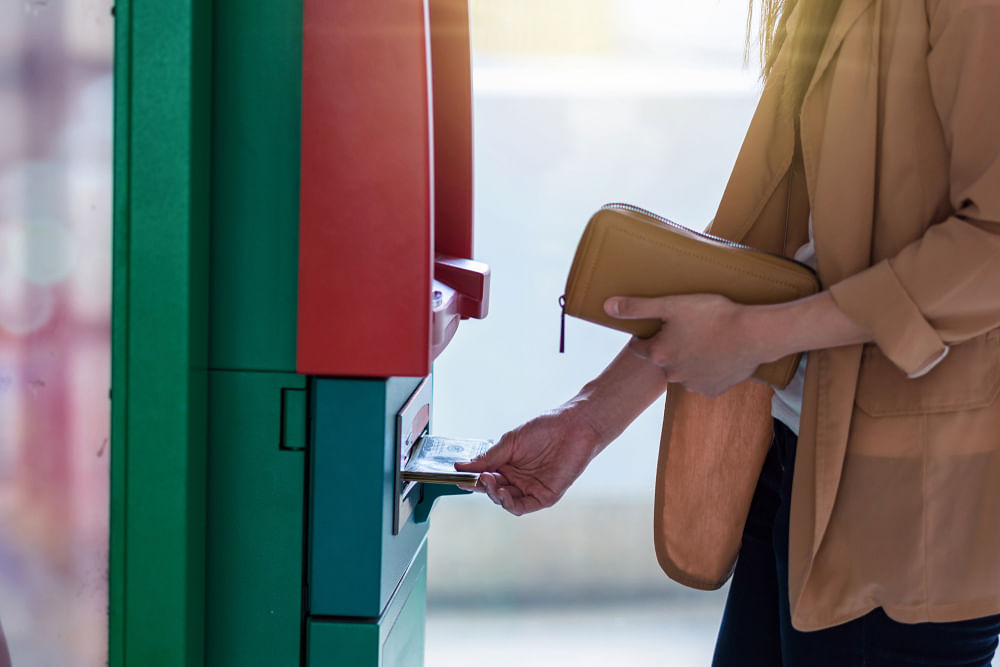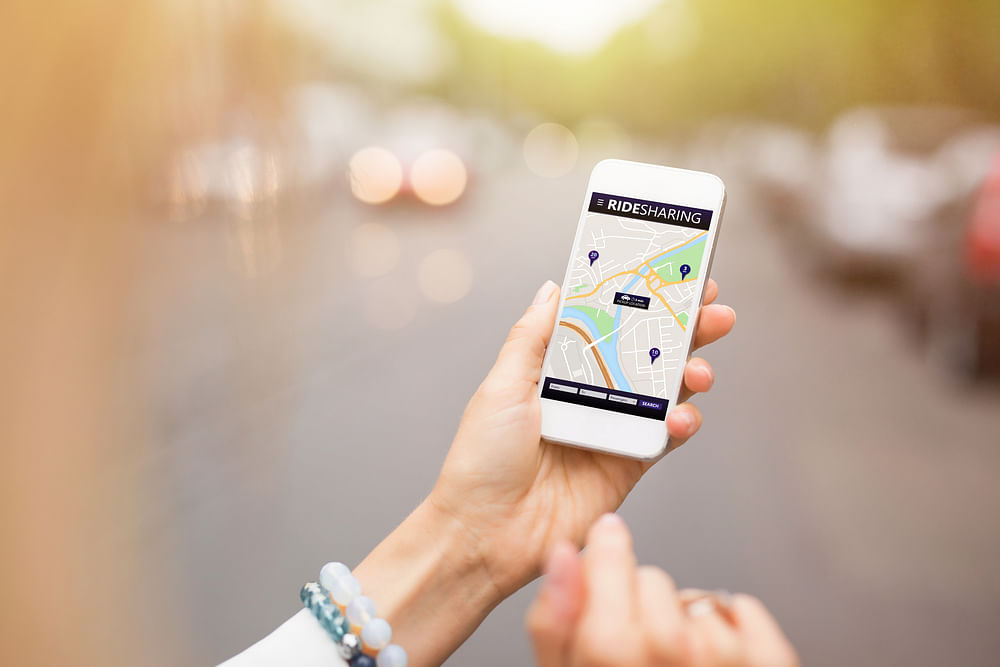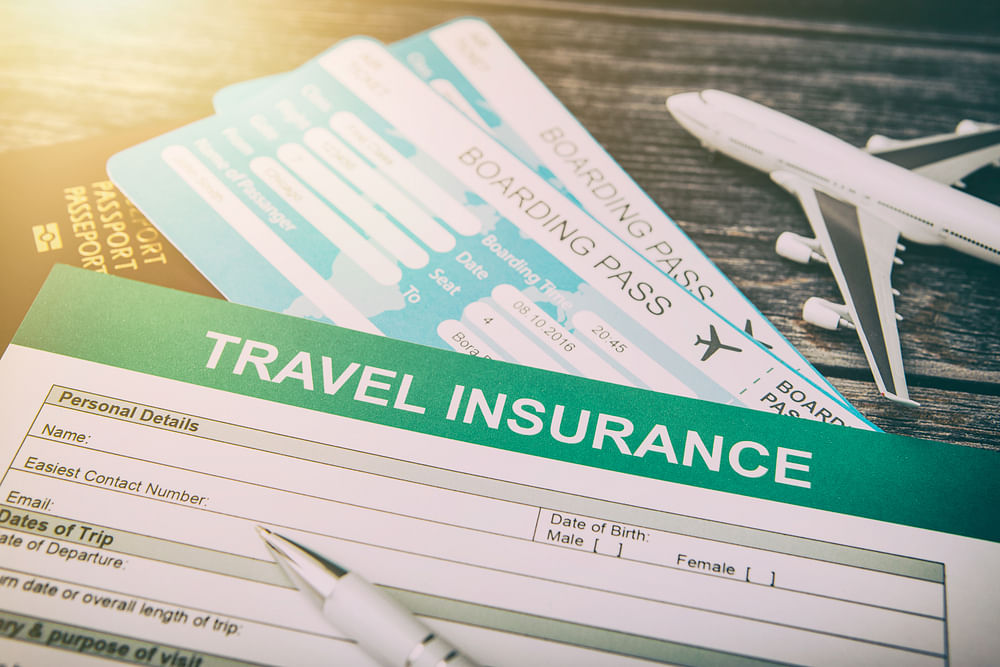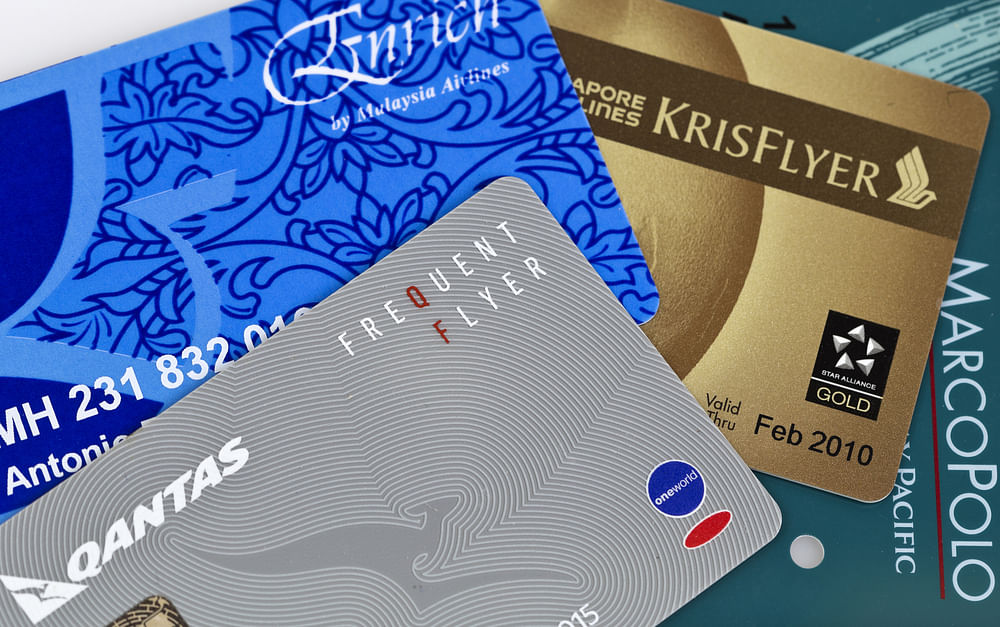
Photo: 123rf
Vacations have a way of making your hard-earned money disappear. Every little thing, from breakfasts to cafe hopping to souvenir shopping, can add up, and before long, you’ll find yourself way off your budget and struggling to make it through the holiday.
Given the complexity of planning for a holiday, it should come as no surprise that there are several ways you and your travel buddies can shave a fair bit off your vacation budget. We’ve rounded up six of our best money-saving tips to help you have a great holiday without inadvertently creating a financial disaster along the way.
1. Skip the Hotel Breakfast

Photo: Shutterstock
Straw poll: How many of you voluntarily get up earlier than 9am while you’re on holiday, just to make it on time for that hotel breakfast that ends at 10? If you think about it, most hotel breakfasts are basic and hardly worth waking up for, unless you’re staying in a swanky 5-star hotel. Why would anyone want to get up early while on vacation for cold toast, packet juice and eggs that never turn out right?
It’s mind-boggling that hotel room packages still come with the option to include breakfast. But the answer is simple — it’s an easy way for the hotel to pad your total bill. Don’t forget, all charges are subject to tax and service fees, so an additional, say, $15 per head, daily, balloons to something obscene at checkout.
Unless you’re making a last minute booking and don’t have a choice, (or you know, Gordon Ramsay himself is cooking), always book your room without breakfast. You’ll either get to enjoy sleeping in late, or have a little adventure exploring the nearby food stalls for a more authentic, local breakfast. Either way, you won’t be missing the hotel breakfast.
2. Pack a Light Jacket

Photo: Shutterstock
Singapore enjoys mild weather all year round that doesn’t fluctuate much throughout the day. As such, we are used to going about our day with only one outfit. But that’s not the case in nearby countries — yes the ones we Singaporeans love flocking to the moment a long weekend comes round the corner.
You know to pack for cold weather during winter, but in the spring and autumn months, unexpected drastic changes in weather can leave you feeling unprepared. That means you either cut your evening short and flee to your hotel room, or you buy a sweater to save the day, i.e. more money spent.
Case in point, in April, temperatures in Taipei can range from a balmy 27 deg C in the day to a shivering 15 deg C after dark, with rain and wind driving the mercury further downwards. Even Bangkok can get chilly after sundown during the tail end of the year.
Pack your favourite hoodie, or pair a light windbreaker with something long-sleeved. That way, if the weather dips below your comfort zone, you can stay toasty without having to waste money on clothing that will only end up waiting to be KonMari-ed.
3. Pay in Local Currency (With an MCA)

Photo: Shutterstock
If you have a habit of visiting a particular county repeatedly, you’ll want to start looking for ways to avoid currency conversion charges, which can start to add up, especially since they are applied on every transaction.
One easy (and trendy!) way to pay in local currency is to apply for a Multi-currency Account (MCA), which lets you maintain deposits in the currency of your choice. You can also choose when to purchase the foreign currency you need, helping stretch your holiday budget a little bit further by letting you avoid unfavourable forex rates.
When you have saved up a sufficient amount in your destination’s currency, just bring along your ATM card and make a withdrawal when you land. Be sure to check for any ATM service fees that your bank may charge.
If you don’t want to get an MCA, the next best thing you can do is to pay for your overseas transactions in the local currency (i.e., not converting to SGD). This is because payment networks (you know, Mastercard, Visa, Amex, etc.) are known to charge horrible conversion rates if you choose to pay in SGD.
ALSO READ: TRAVEL DIFFERENTLY IN 2019: SWIM WITH DOLPHINS & OTHER TRAVEL BUCKET LIST IDEAS
4. Stick to Ride Hailing Apps

Photo: Shutterstock
If you have to get around using cabs or taxis, try using the country’s popular ride-hailing apps instead.
Assuming your host country has a service which you already use (such as Grab or Go-Jek), then it’s just a matter of firing up the app whenever you need a ride. All the better if you have credits or a cashless payment method to use with your app — you can simply hop on and pretend to be royalty being chauffeured around.
But what if the country you are visiting uses a completely different app, and you can’t register your card for payment? Install the app anyway and opt to pay in cash. Booking your rides through the app will let you avoid touts, preventing you from getting gouged by unscrupulous fly-by-night drivers (encountering one is more annoying than exciting, we tell you.) Also, your trip will be recorded for your safety, and your driver and vehicle is much more likely to be properly registered.
5. Get Proper Travel Insurance

Photo: Shutterstock
This is one of those tips that everyone knows about but few rarely heed. Well, forgive us for being blunt but if anything untoward should happen during your overseas trip, proper travel insurance is your best bet for your family to emerge unscathed, financially speaking.
The costs of emergency medical treatment can be so overwhelming (especially in serious accidents) that few of us can muster the resources to deal with an incident. And no, your Medishield won’t cover you for hospital bills incurred overseas.
On a less harrowing note, your airline may mishandle your luggage, causing the loss or damage of expensive or important belongings. The last thing you want to do is to fork out extra money to replace your camera or laptop at the conclusion of your holiday.
Some credit cards come with travel insurance that automatically activates when you use them to pay for your vacation. Airlines also offer travel insurance packages you can bundle with your flight. Then, there’re always online travel insurance portals that can get you the coverage you need in minutes.
However you choose to get your travel insurance, be sure that your plan covers your exact needs.
6. Make Use of Your Air Miles – Carefully

Photo: Shutterstock
Frequent flyer programmes (such as KrisFlyer or AsiaMiles) allow you to earn air miles, which you can exchange for perks, benefits, accommodation, experiences and attractions.
Tempting as it may be to, say, save $100 on your ticket by trading in your air miles, not every transaction is valued equally. Because air miles aren’t given to you free (you earn them by spending on a credit card, or with selected merchants) you should always explore your options.
For example, say you spent $10,000 over the year to earn 15,000 air miles ($1 = 1.5 miles). Now, you can either exchange the 15,000 miles for a return trip to Bali, or trade them in for a 2D1N hotel stay. If the cost of your flight is higher than the hotel stay, go for the flight. If not, opt for the hotel stay to get the most value out of your miles.
As a general rule, converting your air miles to free flight tickets gives you the best value. Other perks, like upgrades, discounts and hotels may not be worthwhile.
ALSO READ: THE BEST NEW LUXURY HOTELS OF 2019 YOU MUST VISIT

